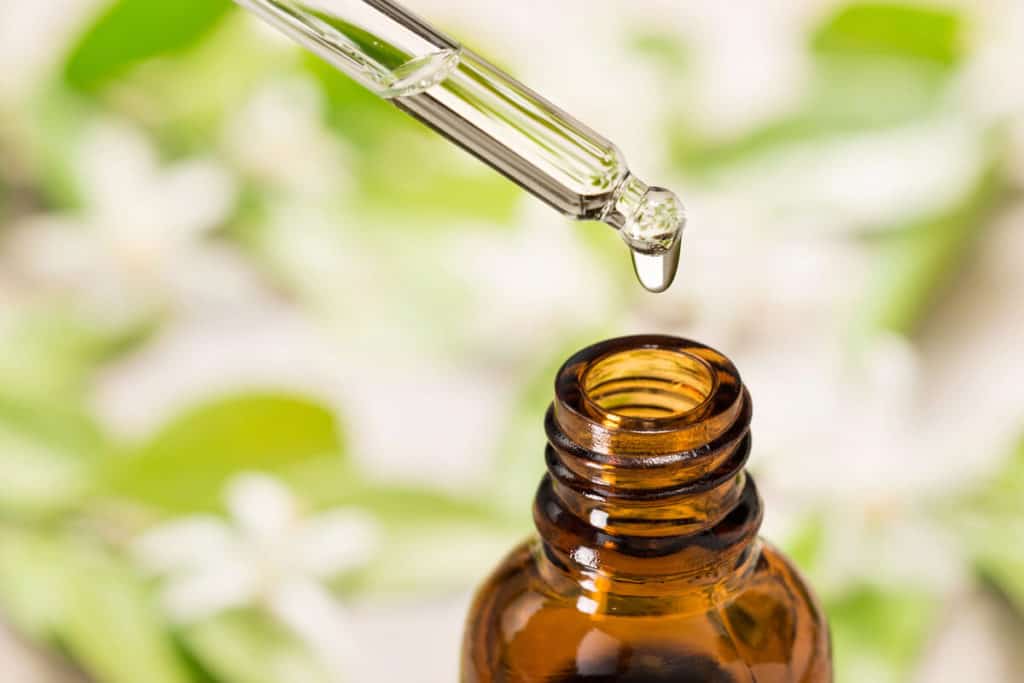What is colloidal silver?
Colloidal silver is a mixture of silver nanoparticles suspended in an aqueous medium to create a biologically active material. (6) This colloidal silver liquid has a number of key therapeutic uses specifically as an antimicrobial and wound healing agent.
Colloidal silver benefits
Colloidal silver has historically been used as a potent antimicrobial; however, after the introduction of antibiotics in the 1940s, colloidal silver was no longer needed for this application. (7) Unfortunately, while antibiotic medications were at one time life-changing, their overuse has created a worldwide crisis of antibiotic resistance. (1) The dangers of antibiotic resistance have caused a resurgence of interest in natural antimicrobials like colloidal silver.Antimicrobial activity
Research has shown that colloidal silver demonstrates antimicrobial activity against many bacterial and fungal pathogens including Candida albicans, E. coli, methicillin-resistant S. aureus, methicillin-resistant Staphylococcus epidermidis, and Trichoderma sp. (3) A 2016 review noted that colloidal silver has been shown to be effective against more than 650 different microorganisms including bacteria, fungi, and viruses. (3) Colloidal silver is thought to exert its antimicrobial activity via several different pathways, including:- Disruption or inhibition of the bacterial cell replication cycle
- Inhibition of other key metabolic cellular pathways
- Perforation of the bacterial cell wall (6)
Wound healing
Colloidal silver also plays a significant role in wound healing. Research demonstrates that colloidal silver helps wounds heal faster with less scarring because it promotes the proliferation and migration of epidermal cells, while influencing the differentiation of connective tissue cells, resulting in early wound adhesion, contraction, and closure. (7) When applied topically, studies also demonstrate that colloidal silver can decrease inflammatory cytokines (TNF-α and IL-12), vascular endothelial growth factors (VEGF), and the expression of COX-2, which leads to accelerated wound healing and reduced inflammation. (4)
Is colloidal silver safe?
The biggest safety concern with colloidal silver is the development of argyria, a benign blue/gray discoloration of the skin. Although rare, the scientific literature does report case studies of patients who developed argyria after being exposed to high amounts of silver via ingestion or implantation. (5) Silver-induced toxicity depends on the nanoparticle size, concentration, and duration of treatment; however, in general, colloidal silver is considered to be safe, non-toxic, and non-mutagenic (i.e., does not cause genetic mutations). (3) One reason that colloidal silver in the form of small nanoparticles is considered safe is that in vivo research demonstrates that it is efficiently excreted predominantly through feces without tissue accumulation or toxicity. (2)How to take colloidal silver
While colloidal silver liquid is the common form, colloidal silver can also be applied as a topical treatment. As a first aid gel it can help calm inflammation, fight minor infections, promote healing, and reduce pain. If you are considering using colloidal silver, speak to an integrative healthcare provider for additional advice and appropriate dosing.The bottom line
Colloidal silver is a potent antimicrobial and wound healing agent and is considered safe when taken at the recommended amounts. There are many quality colloidal silver liquid and topical products available to integrative healthcare practitioners and their patients. If you’re a patient, be sure to speak with your integrative healthcare practitioner for recommendations specific to your unique health needs.- Aslam, B., Wang, W., Arshad, M. I., Khurshid, M., Muzammil, S., Rasool, M. H., Nisar, M. A., Alvi, R. F., Aslam, M. A., Qamar, M. U., Salamat, M., & Baloch, Z. (2018). Antibiotic resistance: a rundown of a global crisis. Infection and drug resistance, 11, 1645–1658. https://www.ncbi.nlm.nih.gov/pmc/articles/PMC6188119/
- Bergin, I. L., Wilding, L. A., Morishita, M., Walacavage, K., Ault, A. P., Axson, J. L., Stark, D. I., Hashway, S. A., Capracotta, S. S., Leroueil, P. R., Maynard, A. D., & Philbert, M. A. (2016). Effects of particle size and coating on toxicologic parameters, fecal elimination kinetics and tissue distribution of acutely ingested silver nanoparticles in a mouse model. Nanotoxicology, 10(3), 352–360. https://www.ncbi.nlm.nih.gov/pmc/articles/PMC4767695/
- Dakal, T. C., Kumar, A., Majumdar, R. S., & Yadav, V. (2016). Mechanistic Basis of Antimicrobial Actions of Silver Nanoparticles. Frontiers in Microbiology, 7, 1831. https://www.ncbi.nlm.nih.gov/pmc/articles/PMC5110546/
- Frankova, J., Pivodova, V., Vagnerova, H., Juranova, J., & Ulrichova, J. (2016). Effects of silver nanoparticles on primary cell cultures of fibroblasts and keratinocytes in a wound-healing model. Journal of applied biomaterials & functional materials, 14(2). https://pubmed.ncbi.nlm.nih.gov/26952588/
- Kwon, H. B., Lee, J. H., Lee, S. H., Lee, A. Y., Choi, J. S., & Ahn, Y. S. (2009). A case of argyria following colloidal silver ingestion. Annals of dermatology, 21(3), 308–310. https://www.ncbi.nlm.nih.gov/pmc/articles/PMC2861249/
- Sim, W., Barnard, R. T., Blaskovich, M., & Ziora, Z. M. (2018). Antimicrobial Silver in Medicinal and Consumer Applications: A Patent Review of the Past Decade (2007⁻2017). Antibiotics (Basel, Switzerland), 7(4), 93. https://www.ncbi.nlm.nih.gov/pmc/articles/PMC6315945/#!po=10.4167
- Xu, L., Wang, Y. Y., Huang, J., Chen, C. Y., Wang, Z. X., & Xie, H. (2020). Silver nanoparticles: Synthesis, medical applications and biosafety. Theranostics, 10(20), 8996–9031. https://www.ncbi.nlm.nih.gov/pmc/articles/PMC7415816/





